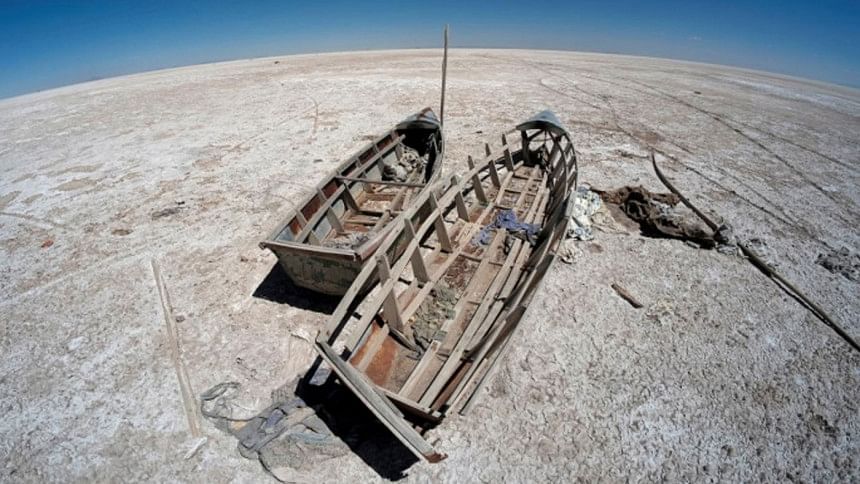We must agree on a global goal for adaptation to climate change

The historic Paris Agreement on Climate Change, agreed at the 21st Conference of Parties (COP21) of the United Nations Framework Convention on Climate Change (UNFCCC) in Paris, France in 2015, was a major outcome that all vulnerable developing countries, including Bangladesh, strongly fought for. We achieved an important target for the mitigation agenda with the setting of the long term temperature goal at less than two degrees Centigrade, with a promise to try and keep it below 1.5 degrees if possible. This was one of the most important achievements of the vulnerable developing countries, in getting other countries to agree with this temperature goal.
This has in turn led to further operationalising of this global goal into targets like net zero emissions of greenhouse gases, globally and in each country, by 2050. At the same time, at the upcoming COP26—which will be held in Glasgow, Scotland in November 2021, with the Government of the United Kingdom as the official host—there is a plan to start a "race to zero emissions" in order to encourage all countries, as well as provinces and cities, to aim to achieve by 2030 wherever possible.
On the other hand, on the issue of adaptation to climate change, the Paris Agreement also agreed to have a Global Goal on Adaptation (GGA) as well. However, adaptation is much more complicated than mitigation, since it requires local level actions in every country, which are extremely difficult to aggregate across countries towards a global goal.
However, as we approach COP26, over the coming months it is very important that we come to an agreement on a global goal on adaptation. This should be something that all countries can agree on while also being simple enough for the people of the world to understand easily. How can we achieve this?
We need to first decide what should be our target on adaptation by 2030. The equivalent of the 1.5 degree Centigrade global temperature target for mitigation may work towards helping all countries to become resilient to the adverse impacts of climate change by 2030. There could also be a race to zero vulnerability of every country by 2030 as an equivalent to the race to zero emissions.
The means to achieve such a goal would be to support adaptation planning and actions in every country over the next ten years, with an additional emphasis on financing the most vulnerable developing countries to achieve the National Adaptation Plans (NAPs) with financial support from the developed countries. These aspects of the global adaptation agenda are already agreed upon and are taking place, but the financing part is still lagging behind.
When it comes to providing finance to support both mitigation as well as adaptation actions in the developing countries, the developed countries had promised in the Paris Agreement to provide USD 100 billion per year, starting from 2020 onwards. So far, it is not yet certain how much of that amount will be delivered by the end of the year, but it is already clear that the proportion of finance for supporting mitigation is around 80 percent of the total and only 20 percent is allocated for adaptation.
One of the easiest aspects of the global goal on adaptation should be that at least half of the USD 100 billion per year should be allocated to adaptation and only 50 percent should be for mitigation. Also, priority for allocating the finances on adaptation should be given to the most vulnerable developing countries. This should be an easy goal to agree on.
With regards to the utilisation of the adaptation finances, it should be for all countries to implement their respective NAPs as they aim to achieve resilience by 2030, with the start of a race to zero vulnerability in every country, province and city from COP26 onwards.
Finally, we must acknowledge that both adaptation and resilience are not easily implemented or measured, but at least the terms can be easily understood by the leaders and the public, and setting clear goals and starting a competition to achieve the goals is in itself is worth agreeing upon at COP26.
In the meantime, the scientists, planners and implementers involved in adaptation and resilience can work on the details of how to implement and measure the progress over time. It is important not to miss the opportunity to kick off the ten year journey at COP26 in 2021 and not keep this issue pending any longer.
Dr Saleemul Huq is Director of the International Centre for Climate Change and Development at the Independent University, Bangladesh.

 For all latest news, follow The Daily Star's Google News channel.
For all latest news, follow The Daily Star's Google News channel. 



Comments